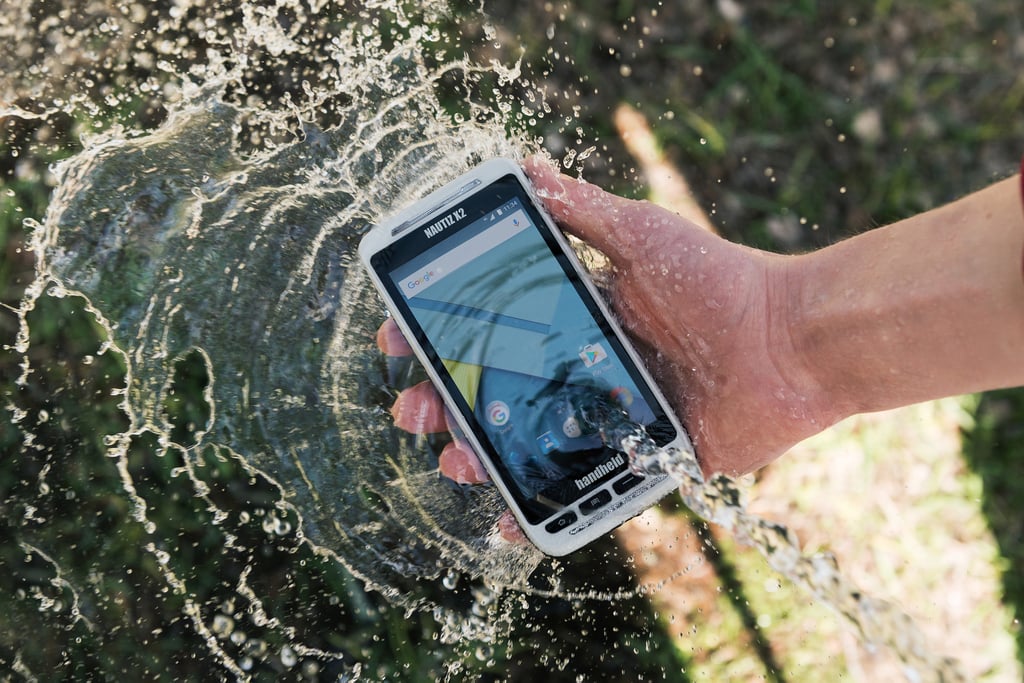When it comes to electronics for desert environments, there are several unique challenges that must be addressed. The extreme temperatures, sand, and dust can significantly impact the functionality and durability of electronic devices. Whether you are an exporter, importer, or end-user, understanding these challenges is crucial to ensuring optimal performance of your electronics in such harsh conditions.
In this comprehensive guide, we will explore the various factors to consider when selecting and using electronics for desert environments. From material selection to design considerations, we will cover everything you need to know to make informed decisions. Let’s dive in!

Understanding the Challenges of Desert Environments
Extreme Temperatures
Deserts are known for their extreme temperatures, with scorching heat during the day and freezing cold at night. These temperature fluctuations can put a strain on electronic components, leading to potential malfunctions and reduced lifespan. Therefore, it is essential to choose electronics that can withstand these temperature variations.
Sand and Dust
Another significant challenge in desert environments is the presence of sand and dust. These particles can infiltrate electronic devices, causing damage or interference. To combat this, manufacturers often employ protective measures such as seals and enclosures to prevent dust ingress.
Key Considerations for Electronics in Deserts
Material Selection
The choice of materials is critical when designing electronics for desert environments. Heat-resistant materials, such as ceramics and robust metals, are often used to ensure durability. Additionally, protective coatings may be applied to safeguard sensitive components from sand and dust.
Design and Construction
Incorporating rugged designs and sturdy constructions is vital for ensuring the reliability of electronics in desert conditions. Devices with robust casings and shock-absorbent features are more likely to withstand the harsh environment. For more information on rugged hardware, you can check out this article.
Sealing and Protection
Effective sealing is crucial to prevent dust and sand ingress. Electronics should be designed with appropriate seals and enclosures that meet specific standards, such as IP67 or higher. Learn more about IP ratings here.
Thermal Management
Thermal management is essential to prevent overheating of electronic components. Incorporating heat sinks, fans, and thermal pads can help dissipate heat effectively. Additionally, devices should be designed to operate efficiently in both high and low temperatures.
Applications of Electronics in Desert Environments
Military and Defense
In military and defense operations, reliable electronics are crucial for communication, navigation, and surveillance. Devices used in these applications must be rugged and capable of withstanding extreme conditions.
Renewable Energy
Deserts are ideal locations for solar power generation. Electronics used in solar panels and related equipment must be durable and efficient. Learn more about the significance of industrial-grade connectors in such applications here.
Telecommunications
Telecommunications infrastructure in desert regions requires robust electronics to ensure reliable connectivity. Whether it’s mobile towers or satellite communication systems, these devices must be designed to endure harsh conditions.
Maintenance and Longevity
Regular Inspections
Regular inspections are essential to maintain the integrity of electronics in desert environments. Checking for signs of wear and tear, dust accumulation, and thermal damage can help prevent potential issues.
Proper Storage
Proper storage of electronics when not in use is crucial to prolong their lifespan. Devices should be kept in sealed containers or environments to protect them from dust and temperature extremes.
Upgrades and Replacements
As technology evolves, upgrading or replacing outdated electronics can enhance performance and reliability. Staying informed about the latest advancements can ensure that your devices remain efficient and effective.
Conclusion
Electronics used in desert environments face unique challenges that require careful consideration. By choosing the right materials, implementing robust designs, and adhering to maintenance practices, you can ensure that your devices perform optimally. Whether for military, renewable energy, or telecommunications applications, understanding these considerations is key to success. For more insights into industrial electronics, visit our blog.

FAQs
What materials are best for desert electronics?
Heat-resistant materials like ceramics and durable metals are recommended for desert electronics.
How can I protect electronics from dust?
Using devices with appropriate seals and enclosures can prevent dust ingress effectively.
Why is thermal management important?
Thermal management prevents overheating and ensures optimal performance of electronic components.


